Tundra Tales:
A Father-Son V8 Ranch Adventure in Kavik, Alaska
Brahmans, bush planes, and being a million miles from anywhere familiar have more in common than you might think. Especially if you’re 7, obsessed with taiga and tundra landscapes, and the Kavik River Camp appears on the horizon.
In a series of events worthy of Disney’s attention, my son, Knox Neumayr, connected with Life Below Zero superstar, Sue Aikens. It felt more than a little kismet as the Neumayrs and Sue became friends, bonding over our shared love of wildlife and the beauty of nature.
So when Sue invited Knox and me out to Kavik River Camp in 2023 to experience all the tundra had to offer, we pinched ourselves and hopped on a plane (well, more like 3 planes). When that opportunity raised itself once more this summer, hinting at a newfound father and son back-to-school tradition, Knox and I were ready to go.
Seeing Sue and spending time with her fills our hearts. But just as much as we enjoy Sue’s company, there’s something about being immersed in the tundra wilderness, feeling that remoteness wrap its arms around you, grounding you with a sense of what truly matters.
It’s a reset of the heart and mind.
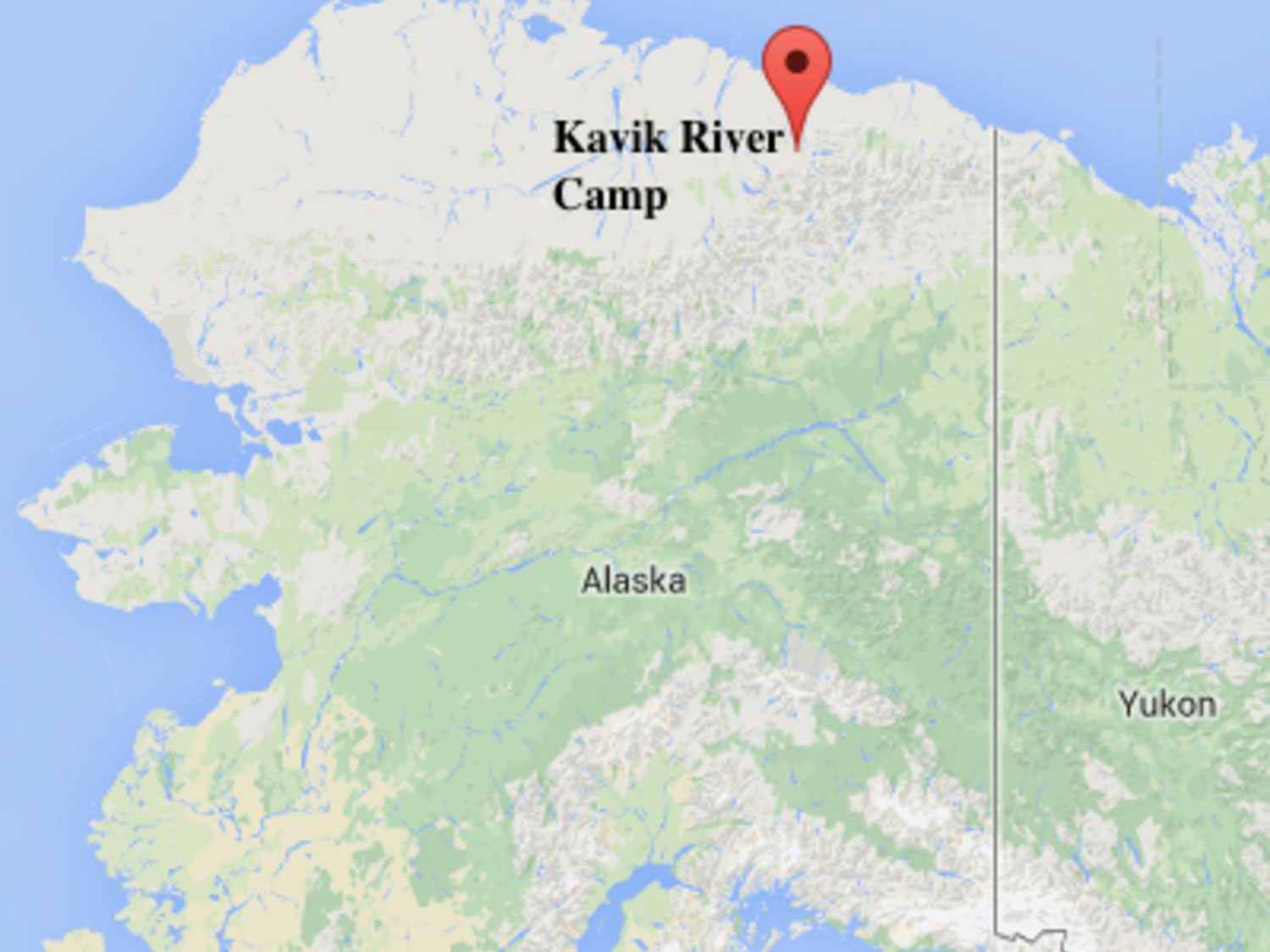
Map View of Kavik River Camp
Kavik River Camp is 500 miles north of Fairbanks, Alaska.
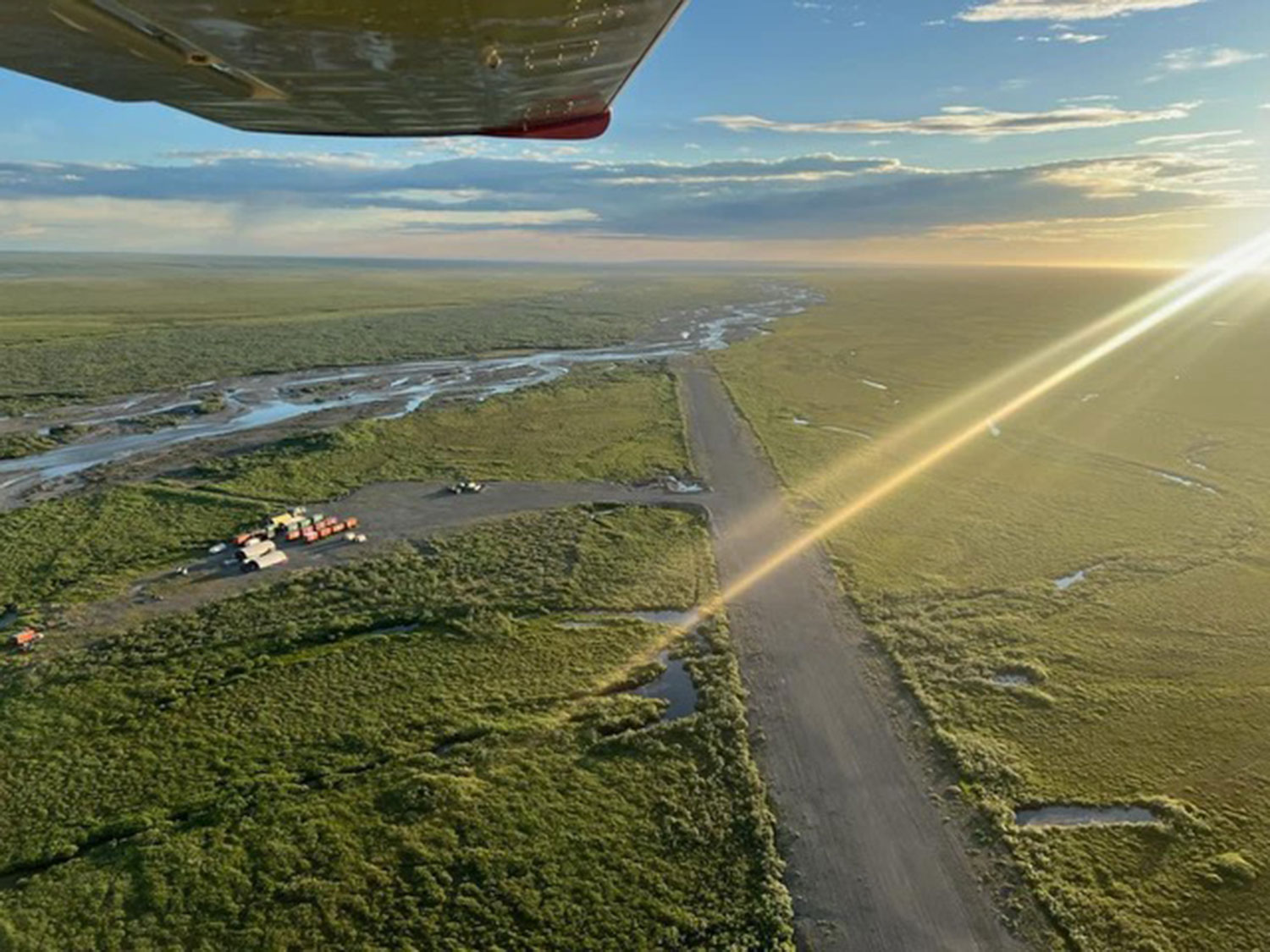
Kavik from the Sky
Here is an aerial view of Kavik River Camp from the plane.
Located 500 miles north and a scenic two-hour plane ride from Fairbanks, Alaska, Kavik River Camp is on the North Slope of the Brooks Range, just a few miles south of the Arctic Ocean. Sue Aikens has called Kavik home for over 20 years, but the camp has been used for decades as a place to hunt game and serves as a pivotal trail location for travelers.
Interestingly, the Kavik River Camp was an oil exploration base back in Alaska’s early energy prospecting days. It served as a strategic outpost for companies searching for oil and natural gas reserves in this remote Arctic region. Over time, the camp evolved from its industrial origins to become the unique wilderness destination it is today.
Sue is the keeper of Kavik, maintaining its role as a crucial waypoint in the vast Alaskan landscape. Her mission is to ensure that emergency services are continually offered and that the needs of researchers and travelers visiting the Arctic are met.
Her show, Life Below Zero, has documented the sublime landscape and views well, but it’s something else entirely to find yourself boots on the ground in the thick of the tundra.
The city is a distant memory as our plane descends.
Inside Kavik, there are no roads.
There are no other buildings apart from the camp.
The air smells cleaner, somehow. Fresh and chilled.
Walking off the plane, the spongy ground of the tundra beneath our feet further reminds Knox and me… we aren’t at the ranch anymore.
The noise and bustle we’ve grown so accustomed to is gone.
No cell service. No wifi. No connection to the outside world. Instead of feeling panicked as SOS appears on my cell phone where 5G would normally be, a sense of calm and peace settles on my shoulders.
It’s quiet here. It’s just us, and the magnificence of Kavik.
With this being our second trip to Kavik, we were eager to take advantage of our arrival day (love those 24 hours of daylight!) and revisit our old hot spots.
The dining hall was waiting for us with its predictable offerings of Sunny D (a treat only allowed to Knox in Kavik) and chips, which was just what we needed. Hopping on a Polaris side-by-side, we were off to see the “Scaribou” (a grouping of decoys designed to lure caribou in for hunting).
It’s true – we were there to enjoy ourselves, but being in Kavik with Sue Aikens means you’re a part of her mission, serving the camp and keeping it a safe outpost. Sue told us that a caribou bull had really gotten the best of the Scaribou, so they needed our attention and mending.
The side-by-side (AKA: an upgraded ATV) carried us to the familiar spot just past a line of brush.
As the caribou decoys came into view, unstoppable smiles came across our faces. Eyes alert, Knox and I scouted for any nearby predators and dismounted, stepping onto the soggy ground.

Ready For Battle
Knox brought his Nerf guns for protection.

24 Hours of Daylight
Knox in front of the camp at Kavik in the middle of the night.
There’s something magical about seeing your boy’s face thrill with the prospect of doing real work at a place like Kavik. As we mended the decoy, I was reminded that their no-frills appearance was exactly what was needed to do the job – especially in the high Arctic.
It felt like one of those rare opportunities you’re given as a parent, where you can gift your child a message you hope they hold forever while also reminding you of what’s important. Jeff Rich’s words floated to my mind and out of my mouth: “Simplicity is the ultimate sophistication.”
Back on the side-by-side, we traveled further away from camp, heading upriver to the “washout.” The washout is the furthest boundary we felt comfortable going to on our own, having trekked there last trip. The rough trail ends where the river has washed out the embankment. It’s a wild place where your eyes traverse your surroundings, expecting to catch a glimpse of a bear or wolverine.
Armed with only a Nerf gun, we decided that the washout would remain our furthest boundary for now. We made a quick U-turn and headed back toward more familiar surroundings to enlist the help of Kavik expert Rick to extend the perimeter of our knowledge.
Here’s the thing: The importance of knowing your limits becomes crystal clear when you’re in the tundra. I’m guilty of not always asking for help (as my wife will tell you *wink*), preferring to Google it or use trial and error. I’m comfortable with the prospect of not always getting it right the first time… but when the vast untouched wilderness of Alaska envelops you, having the luxury of someone like Rick seems non-negotiable.
A feeling of being very aware of how small we were in the vast landscape overwhelmed us. We were undoubtedly outmatched by Mother Nature.
As we got closer to camp, the enticing smell of spaghetti floated to us in the crisp air. That meant two things – it was dinner time and we had been gone for a couple of hours. Time passes much differently when the sun never sets.
The land of the midnight sun frees you from worrying about a schedule. You can sleep when you’re tired, eat when you’re hungry, and “adventure” when you want to.
In that moment, at the dinner table, a simple meal of spaghetti over great conversation was all we needed. Listening to the voices around us share stories about past adventures gave us a sense of place in Kavik.
Knox and I listened, laughed, and learned from those more experienced than us. Tales of military service, Arctic wisdom, and the reason why you don’t pull someone’s finger when asked to filled the air. Yawns became more frequent, and we all decided it was time to head off to our rooms and turn in for the night.
But first, it was bath time. I don’t know about you, but there’s something about airplanes that makes me want to scrub down immediately. But since we were intent on making the most of our first day, we saved the washing for bedtime.
If you know anything about Sue, then you know about her iconic Kavik bath style. Knox decided an homage was required before sliding between the sheets.
It was hard for Knox and me to sleep in Kavik. Not because the sun never dipped below the horizon but because we didn’t want to close our eyes. There’s just too much to see and experience.
Plus, the excitement of possibly spotting a moose right outside your room does have an effect similar to caffeine. During these wakeful hours, Knox and I talked about everything under the sun. The ultimate father-son bonding time filled with memories I’ll hold forever.
Despite the difficulty quieting ourselves to sleep, we clocked enough hours to feel fully rested for another day of adventure.
After breakfast, we packed a lunch, loaded up in “Big Red” (the tank of the tundra), and headed toward the Arctic National Wildlife Refuge. The Refuge is only a few miles from camp. You can see its mountains when you’re adventuring in Kavik, so it gives you a false sense of close proximity. Now, here’s the thing: a few miles may take a few minutes to travel where you’re from, but after three hours in the ”Big Red” Sherp, we had barely reached the border of the refuge, reminding us once again just how big everything is in Alaska (and that’s saying something for a Texan, since “everything is bigger in Texas”!).

Snow in August
Knox & Bad Grandpa playing in the snow.
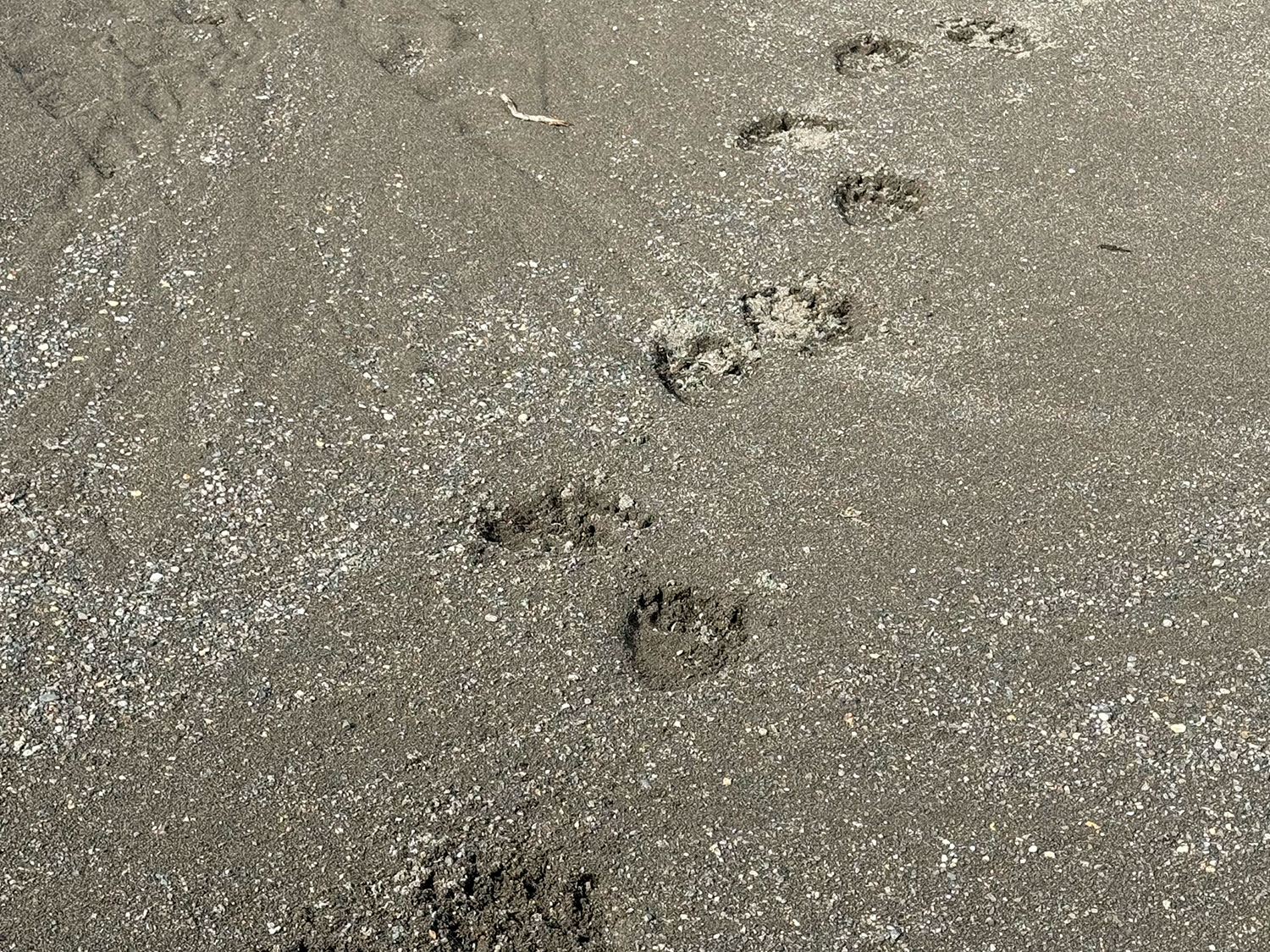
Bear prints in the sand
We also saw prints left in the sand by wolves, caribou, and moose.
Roaming along the river, we saw prints left in the sand by bears, wolves, caribou, and moose. We even caught up to some caribou and a big bull moose hidden in the willows. You really can’t appreciate the majesty of these animals until you’ve seen them up close with your own eyes, astounding at their size, hearing their snorts and seeing their breath in the air.
Even though we were awed by the wildlife, the most riveting part of the day was the snow left over from the spring breakup.
Snow in August can light you up when you’re from South Texas.
I’m pretty sure Knox would have stayed until the snow began to fall again if I had allowed it. Seeing his unbridled excitement reminded me of when I was small (and foolishly wanted so badly to grow up). Knox running and slipping on the snow and ice put the whole world into a new perspective for me, through the eyes of my younger self, where wonder and adventure are all you need.
“I’m a caribou-aholic!”
We gilded the lily of our perfect day with a true tundra meal of caribou, seasoned with some Grub Rub seasoning we brought Sue on our first trip. Knox said it best when he yelled, “I’m a caribou-aholic!”
The next morning, we woke to a blanket of thick fog covering camp. It was a remarkable and peaceful sight. Everything felt cozier, and the world seemed even more hushed. The fog was like a fresh slate, covering everything in mist, waiting for the breeze and sun to carry it away. It was a reminder from nature to allow the day to progress without rushing.
We spent the morning taking our time, enjoying pancakes, bacon, coffee, and lots of Sunny D. Eventually, the sun cut through the fog, burning it away, spreading its rays across the beauty that had been hidden there all along. The view practically sparkled.
Once the fog cleared, we loaded up again in “Big Red” and started another adventure, going downriver this time. Footprints of animals led the way to areas we had never seen before. Floating down the river and hopping from one island to another, the views of the North Slope never cease to amaze and remind us how small we are.
And just when we thought we couldn’t see anything else that would take our breath away, we climbed to the top of the north hill, and Alaska stretched out before us.
It felt like you could see everything.
I imagined we could reach out and touch an ancient landscape that had seen, held, and experienced more than we could ever possibly imagine.
We were humbled to our cores by the fact that this land is here, waiting for us. The beauty was unmatched. The call was to stay in the moment, holding tight to what nature was showing us.
The duality we experience as humans exploring a place like the Arctic is best summed up in the idea of being in control… or not.
That moment, the entire trip, was a gentle reminder that no matter how much I try to control something (or how much I want to control something), it’s not up to me.
What our eyes can see is just a glimpse of what lies beyond.
We have to learn to be content with what we’re presently given, accepting that our understanding is limited in the face of the vast universe. Nature’s unexpected and often unexplainable ways serve a greater purpose, one that we may not fully comprehend.
Nowhere did that message ring out more clearly to me than as my eyes swept over the landscape before me.
We are all part of a greater tapestry, intricately connected to the world around us. Our purpose unfolds as we navigate through life, doing good and finding meaning in our experiences and interactions with the world and each other.
Knox and my time in Kavik reminded me of a simpler time. Not necessarily an easier time, but a simpler time where you can live intentionally and have a soulful reason behind your actions, zeroing in on what you want and why you want it. Narrowing in on purpose instead of allowing our thoughts to take the reins.
There is a time when you can do nothing—for the sake of nothingness—without seeking out distractions that keep you asleep about what really matters in life.
Being deep in the Arctic makes you realize there are mysteries yet to be discovered, wisdom yet to be revealed, and answers within us and all around us. When we can drown out the distractions and allow solitude and an appreciation of not having a preset idea of how our time should be spent, our souls come alive.
We find peace and connection to the part of ourselves that is greater than any problem we may face.
Knox and I felt our souls reset.

Fairbanks Fun
Sue & Knox hanging out in Fairbanks before our departure.
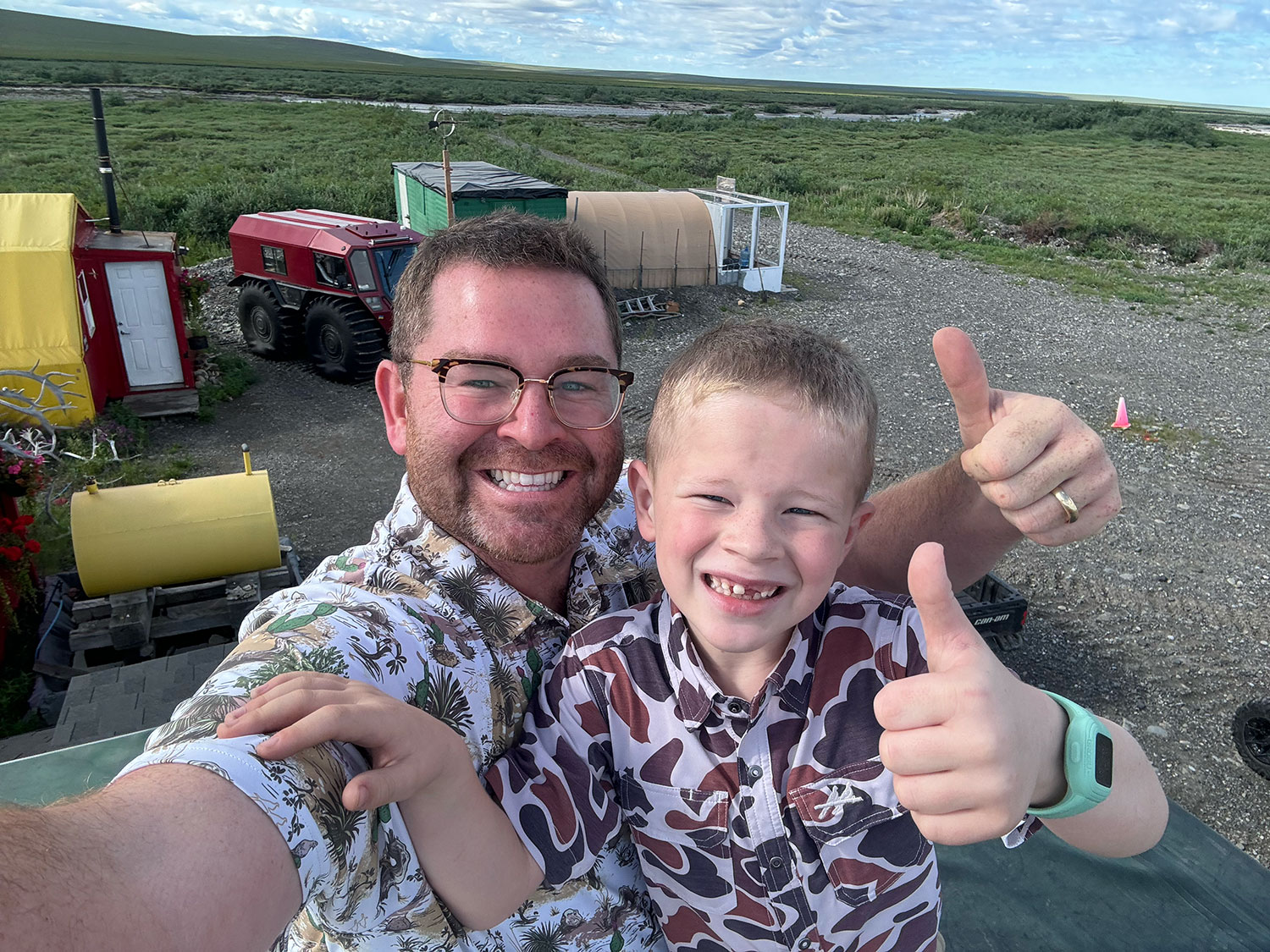
Saying Goodbye
Luke & Knox saying goodbye to camp.
I can sum it up best like this: the mosquitoes of Kavik are annoying (and lethal in some cases). But we didn’t let that spoil our adventure. We applied some high-octane bug spray and went about our day. We didn’t allow ourselves to be waylaid or distracted. We refused to let them ruin our experience or stop our adventure. We simply focused on what we truly wanted, figured out how to overcome the obstacles, and made it happen.
The point I’m trying to make is that in life, there will always be “mosquitos” after you, trying to get in your way. They’ll try to dull your sense of purpose, confuse you, overwhelm you, and muck up your plans.
Don’t let them. Instead, find your bug spray—the one that will do its job and let you get back to your soul’s work.
Our bug spray moment happened to be Kavik. What will yours be?
The devil’s in the DEETails,
Luke Neumayr
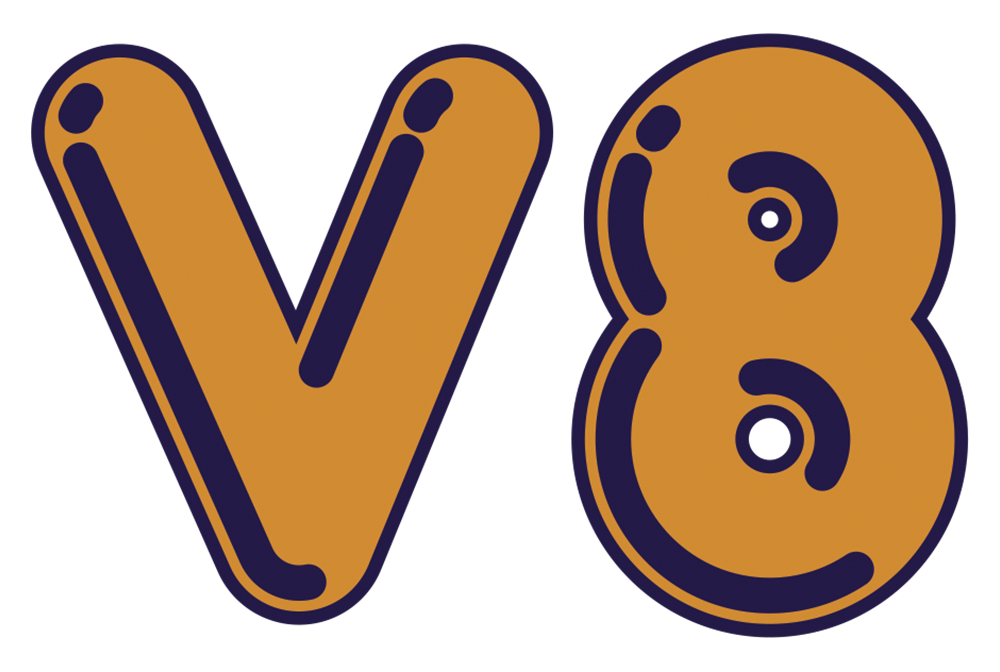
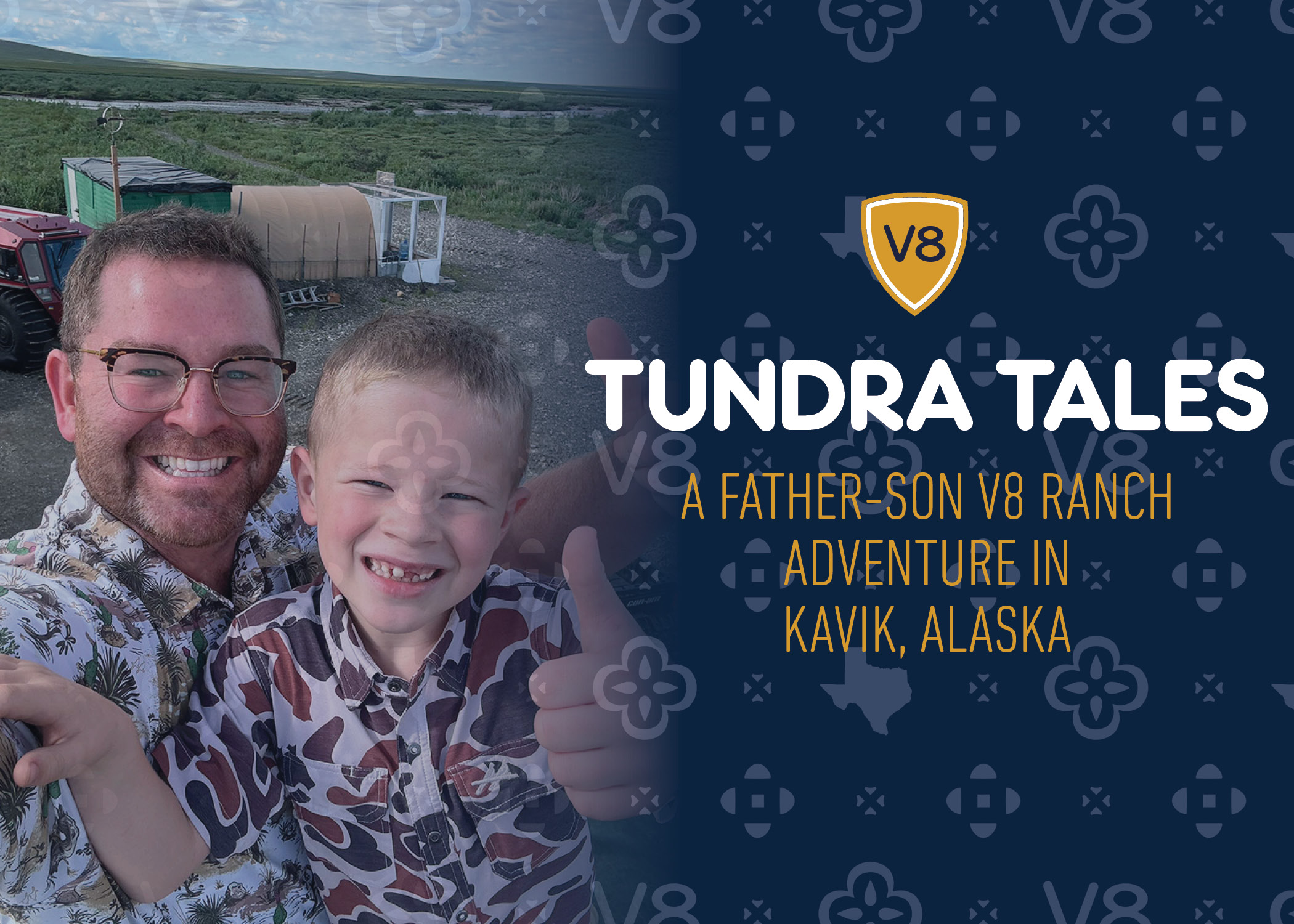
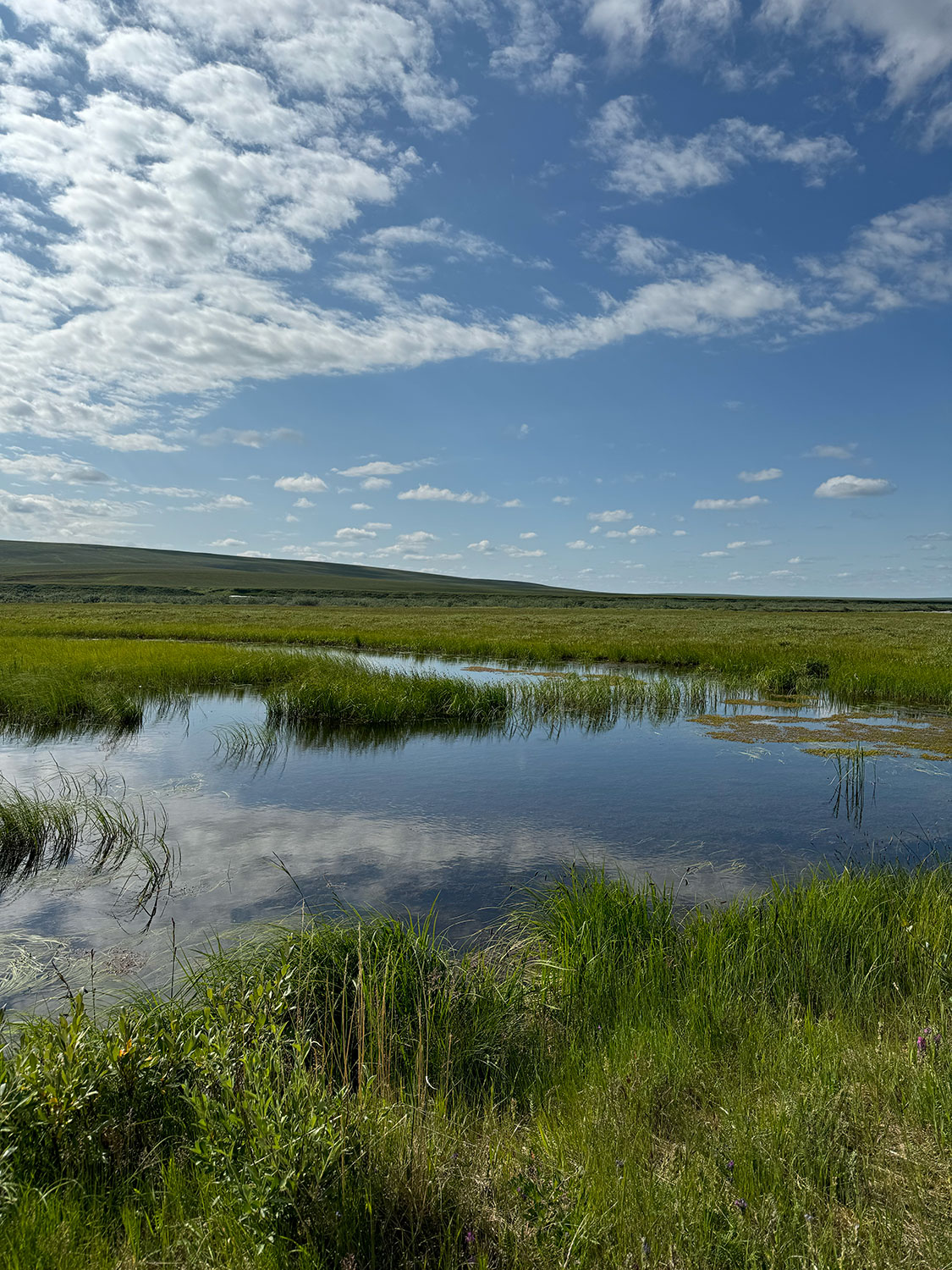







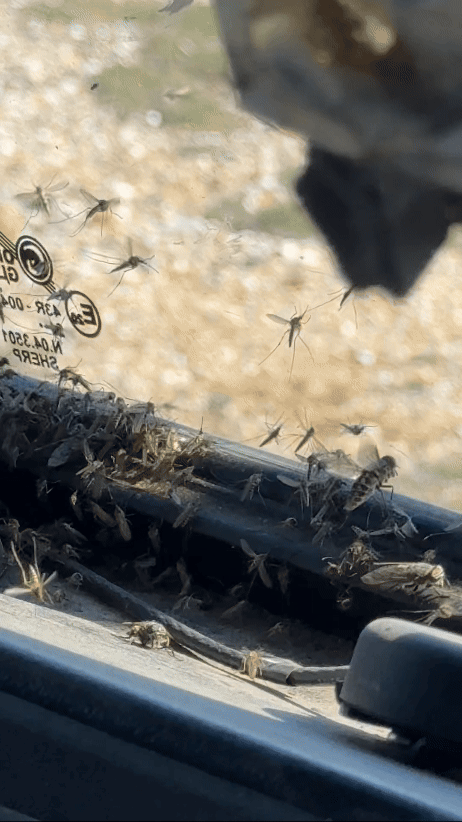


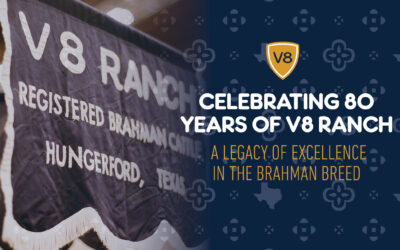

Wow just wow… maybe one day I’ll get to experience Kavik and meet Sue. Your pics are great you gave your son an amazing experience. Good job dad